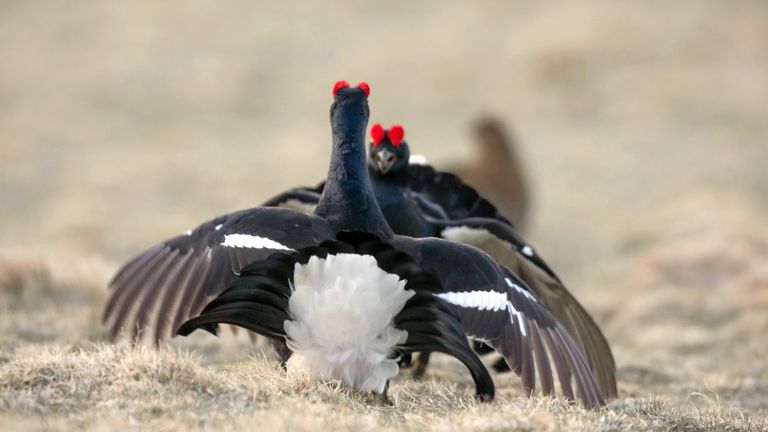
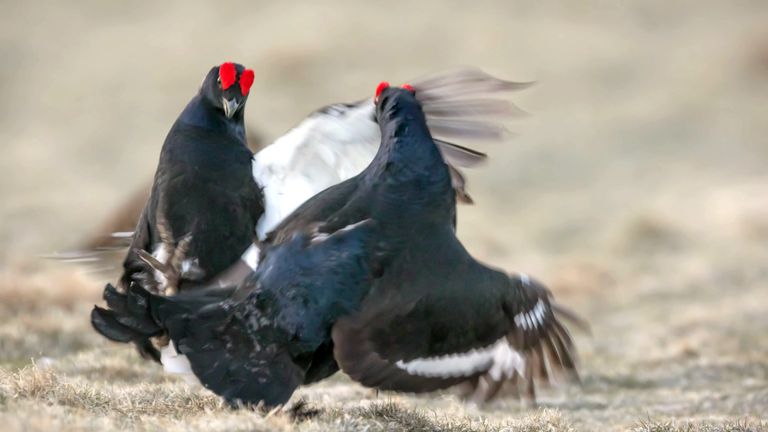
The black grouse is quite rare in Poland and is an extinct species. Its number has decreased significantly in recent years. It is mainly a lowland bird, but it can be found, for example, in the Karkonosze, Western Carpathians and Lower Silesian Forests.
Cietrzew występuje w Polsce dość rzadko i jest gatunkiem na wyginięciu. Jego liczebność w ostatnich latach znacznie spada. To ptak głównie nizinny, ale można go spotkać na przykład w Karkonoszach, Karpatach Zachodnich oraz Borach Dolnośląskich.
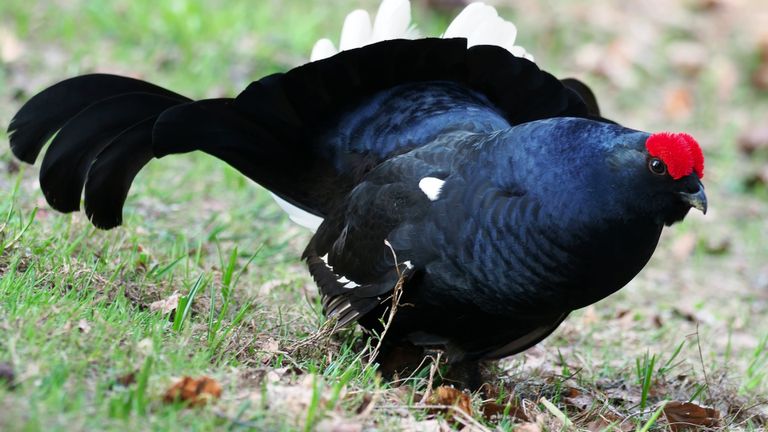
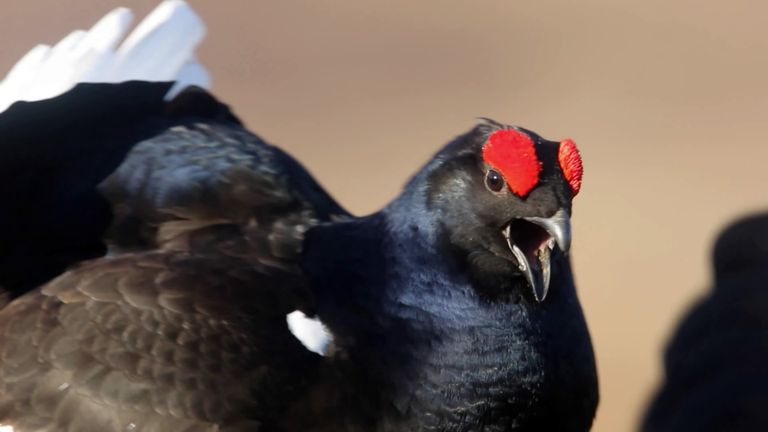
It occupies areas with dwarf pine, subalpine meadows near the upper edge of the forest. In Poland, we have only about 300 tooting males of this species, and for example in Finland there are about 700,000.
Zajmuje tereny z kosodrzewiną, w pobliżu górnej granicy lasu, łąki subalpejskie. W Polsce mamy zaledwie około 300 tokujących samców tego gatunku, a na ten przykład w Finlandii jest ich około 700 tysięcy.

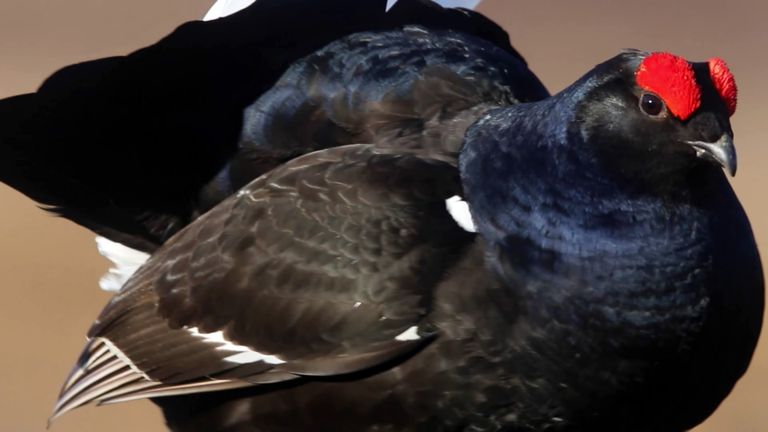
The unusual mating habits of the Black Grouse
Niezwykłe zwyczaje godowe Cietrzewia

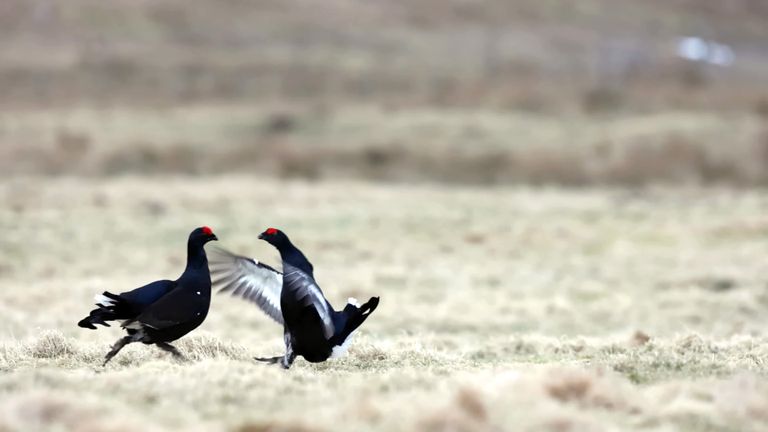
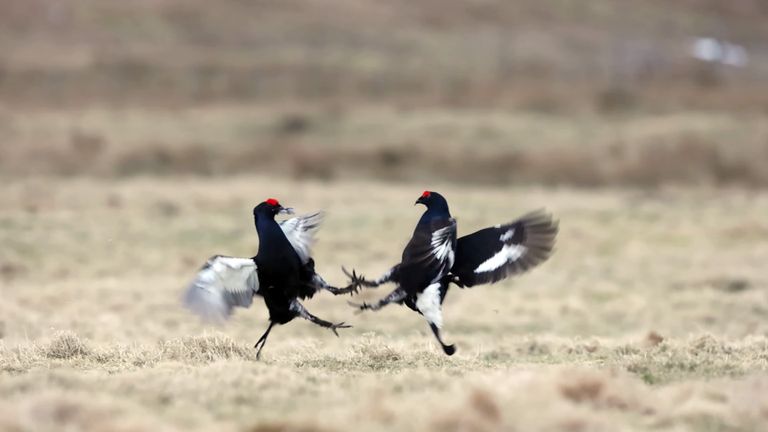
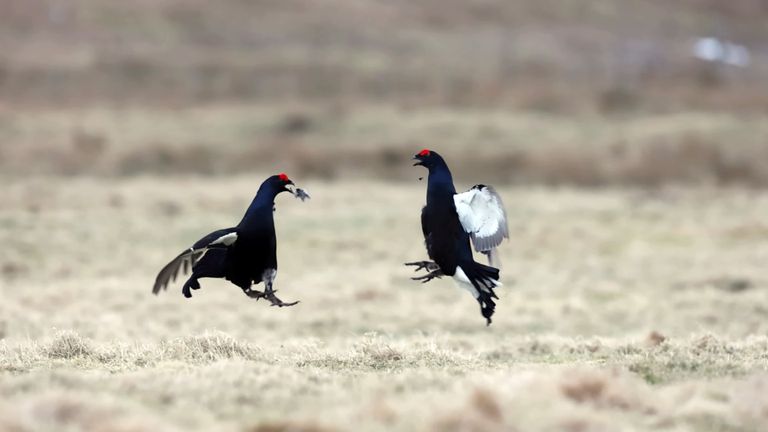
This whole staging to get the female is called "Toki". These mating rituals begin in spring. Most often they gather before dawn in glades, peat bogs and arenas to "mating".
Ta cała inscenizacja mająca na celu zdobycie samicy nosi nazwę "Toki". Te godowe rytuały rozpoczynają się wiosną. Zbierają się najczęściej przed świtem na polanach, torfowiskach na arenach żeby "tokować".

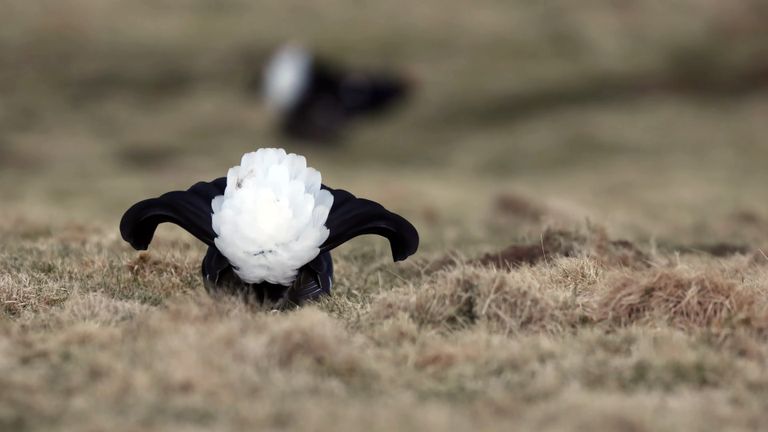
The strongest males sit near the center of the battlefield and defend their small territory against other males. The male raises the feathers, and its tail resembles an inflated bully coming back, for example, from a Fitness club.
Najsilniejsze samce zajmują miejsca w pobliżu środka pola walki i bronią swego niewielkiego terytorium przed innymi samcami. Samiec stroszy pióra, a jego ogon kształtem przypomina napompowanego osiłka wracającego na przykład z Fitness klubu.
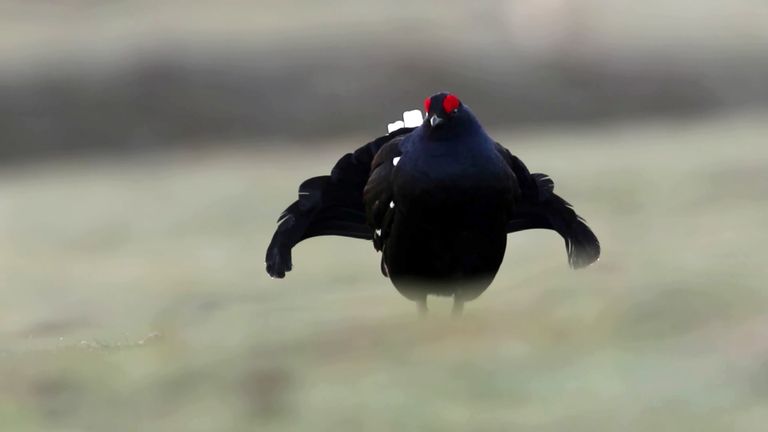

Then he puffs his throat, leans forward, lowers his wings, spreads his lyre tail, showing the snow-white feathers under the tail. It starts to make a very characteristic gurgling noise, which is often interrupted by another sound called "chushing".
Następnie nadyma gardło, pochyla się do przodu, opuszcza skrzydła, rozkłada lirowaty ogon pokazując śnieżnobiałe pióra pod ogonem. Zaczyna wydawać bardzo charakterystyczny odgłos przypominający bulgotanie, które często przerywane jest innym dźwiękiem nazywanym "czuszykaniem".
A game of appearances
Gra pozorów
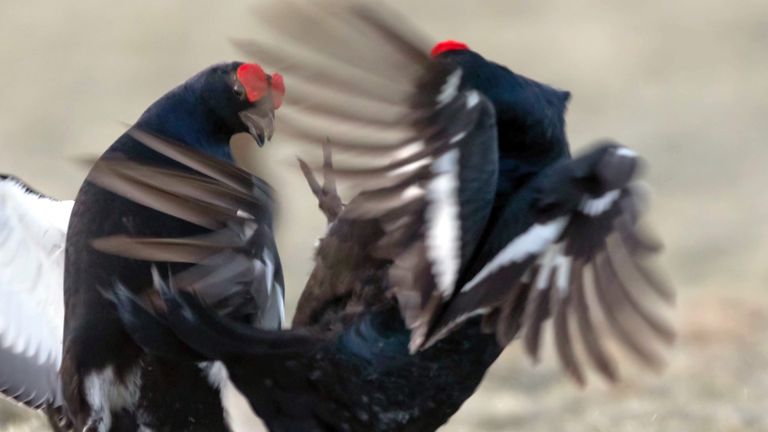
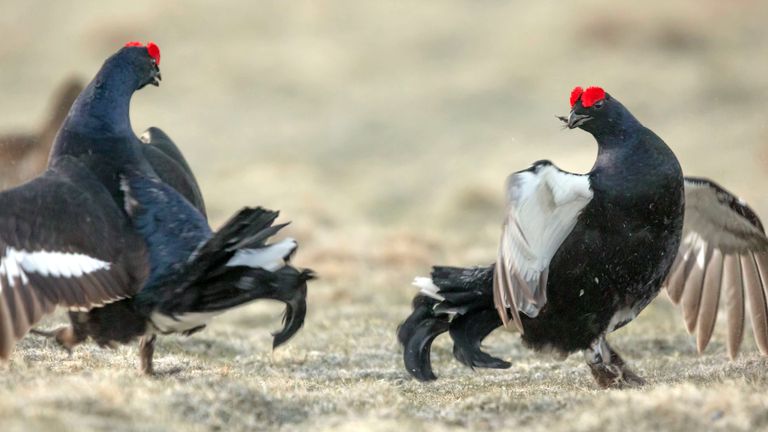
The trees raise their heads up and a short circuit occurs, in which the opponents try to harm each other, for example by tearing out a clump of feathers. Although they appear to be militant towards each other, birds are by nature skittish and avoid humans. All this fun is only to lure the female, and there is more acting in her than a real duel.
Cietrzewie unoszą głowy do góry i dochodzi do zwarcia, w którym przeciwnicy starają się zaszkodzić sobie nawzajem, na przykład wyrywając sobie kępę piór. Mimo iż względem siebie wyglądają na bojowo nastawionych, to z natury ptaki są płochliwe i unikają ludzi. Cała ta zabawa ma jedynie zwabić samicę, i więcej w niej gry aktorskiej niż prawdziwego pojedynku.
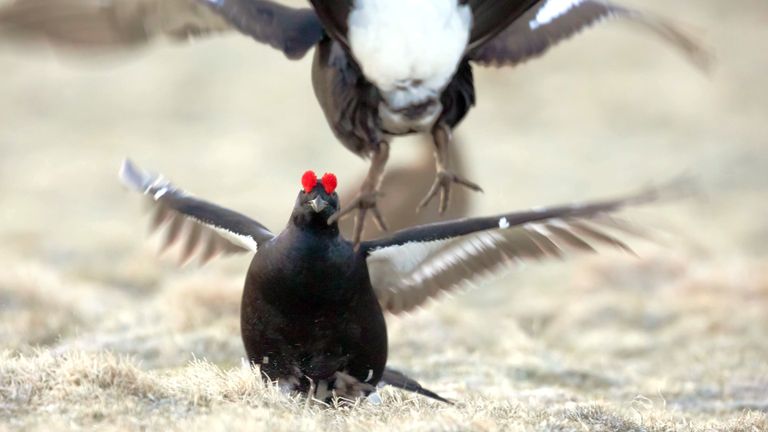

The male (rooster) is much more impressive and more beautifully colored than the female (chickpeas). It has a distinctive red, pugnacious comb and a warrior soul. It is larger than the female because it is about 55 cm long, while the female (hen) is about 40 cm long. Ciet trees live in polygamy, change partners and do not look after young chicks.
Samiec (kogut) jest znacznie okazalej i ładniej ubarwiony niż samica (cieciorka). Ma charakterystyczny czerwony, zadziorny grzebień i duszę wojownika. Jest większy od samicy bo ma około 55 cm długości, natomiast samica (kura) około 40 cm. Cietrzewie żyją w poligamii, zmieniają partnerki i nie opiekują się młodymi pisklakami.
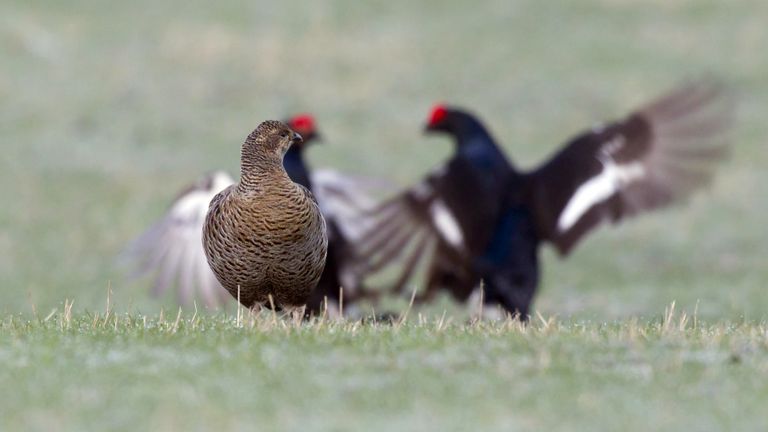
Vegetarian habits of the Black Grouse
Wegetariańskie nawyki Cietrzewi


Adult Black Grouse are vegetarians. They feed on flowers, shoots, leaves, juniper seeds, hawthorn, rosehip and rowan. They also like to nibble on young shoots of spruce and larch. In winter, they eat birch buds, and in early spring, birch, hazel and willow flowers.
Dorosłe Cietrzewie to wegetarianie. Żywią się kwiatami, pędami, liśćmi nasionami jałowca, głogu, dzikiej róży czy jarzębiny. Lubią również podjadać młode pędy świerków, modrzewi. Zimą zajadają się pączkami brzozy, a na przedwiośniu kwiatkami brzóz, leszczyn i wierzb.


Only young chicks are fed with insects, larvae or ants at the beginning of their life, when they grow dynamically.
Jedynie młode pisklaki w początkowym okresie swojego życia, gdy dynamicznie rosną dokarmiane są owadami, larwami czy mrówkami.

Enjoy 😉

Great post and story.
Thank you